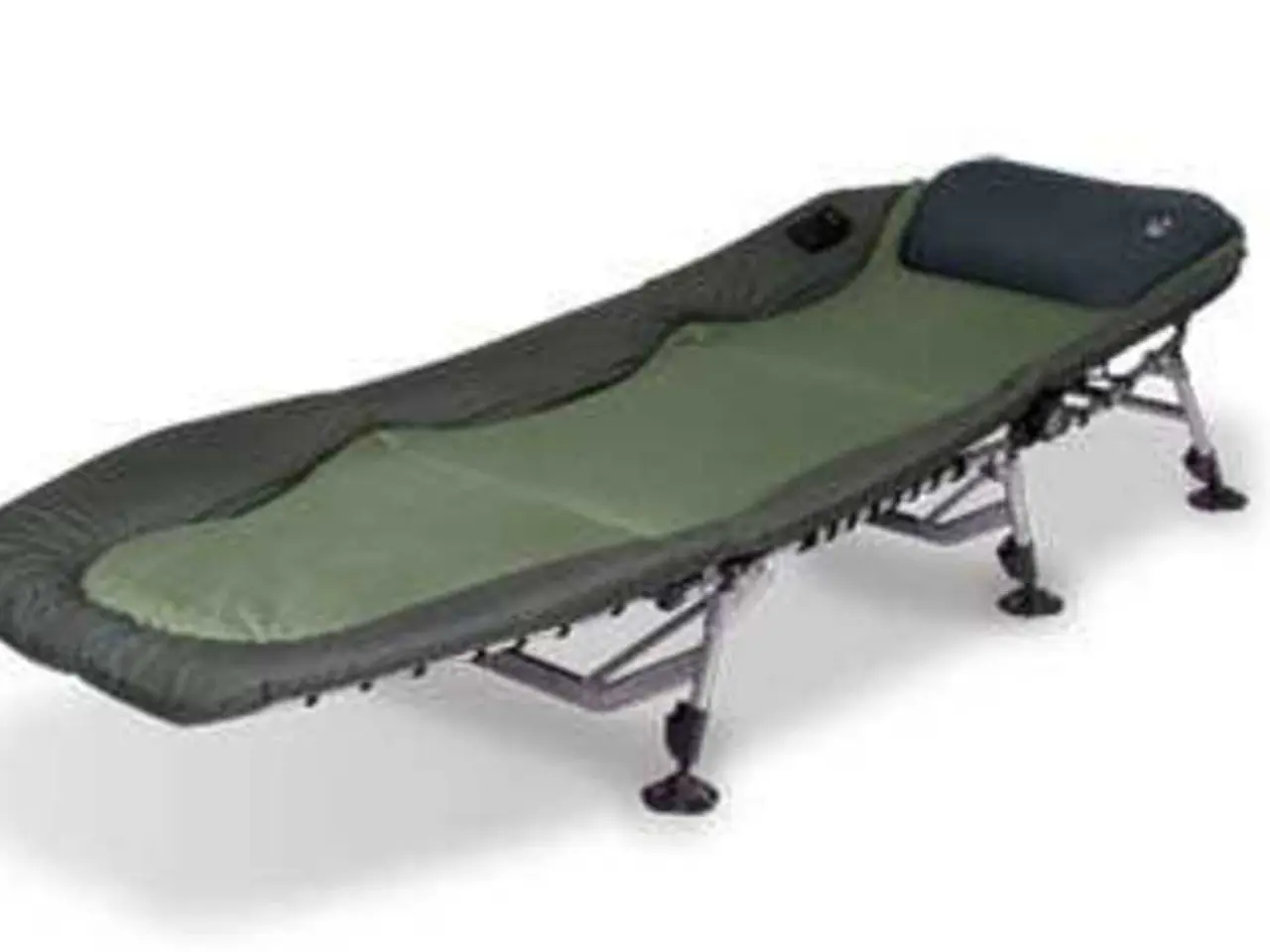Comprehensive daily stretching regimen: A complete body stretching program with additional routines
A daily full-body stretch routine can offer numerous benefits for people of all ages, improving both physical and mental health. This holistic approach to exercise keeps muscles loose, lowers the risk of sprains and strains, and reduces the likelihood of chronic pain conditions such as osteoarthritis and lower back pain.
Effective full-body stretch routines typically include movements that target major muscle groups and joints, with steady, controlled breathing to enhance relaxation and mobility. Key elements of these routines include stretching major muscle groups, incorporating core and spinal mobility exercises, and slow, deep breathing during stretches.
Stretching major muscle groups promotes flexibility and balance across the body, while core and spinal exercises strengthen and stabilize the spine, supporting lower back health and reducing pain. Deep breathing calms the nervous system, activates the body’s relaxation response, and improves focus and sleep quality.
Physically, regular full-body stretching maintains and improves joint mobility and muscular coordination, addresses muscle imbalances caused by prolonged sitting or chronic stress, and enhances neuromuscular control, allowing for smoother and safer movements.
Mentally, stretching promotes stress reduction, improved circulation, and increased concentration, all of which contribute to overall well-being.
A simple example of a full-body stretch routine could include neck stretches and shoulder rolls, chest opener stretches, cat-cow stretches for the spine, standing or seated hamstring stretches, quadriceps and hip flexor stretches, calf stretches, core-engaging planks, and knee-to-chest stretches for lower back relief. Holding each stretch for 30 seconds with gradual, gentle movement and deep breathing yields the best results.
It's important to remember that anyone unsure about what stretches to include in a routine, or how to perform them, can check with a professional. Additionally, it is crucial to avoid locking joints during stretches, as this can cause hyperextension and increase the risk of injury.
For runners, stretching before and after a run can help prevent injury to muscles. The supine hamstring stretch, side seat straddle, and quadriceps stretch are examples of stretches that can be beneficial for runners.
In summary, full-body stretching is an accessible and effective strategy to improve flexibility, reduce muscle imbalance, enhance joint health, and support mental well-being. This holistic approach reduces the likelihood of chronic pain conditions such as osteoarthritis and lower back pain and lowers injury risk by promoting balanced, controlled movement.
- Stretches can be beneficial for people suffering from mental health conditions like depression and anxiety, promoting stress reduction and improved focus.
- Science has shown that regular full-body stretching can help manage conditions like multiple sclerosis and Parkinson's disease, improving flexibility and balancing muscle groups.
- People with chronic conditions like psoriatic arthritis, atopic dermatitis, or rheumatoid arthritis may find relief and prevention of joint pain through daily stretching routines.
- As we grow older and become at risk for conditions like Alzheimer's and HIV, incorporating fitness-and-exercise like full-body stretching into our health-and-wellness routines may help maintain overall physical and mental well-being.
- Preparing for a predictive exercise like a full-body stretch routine can make a significant difference in its effectiveness – consider wearing comfortable clothing and setting aside a quiet space.
- Stretching improves circulation, which is vital for conditions like bipolar disorder, where the body's natural rhythms can become disrupted.
- Full-body stretching, combined with proper nutrition and stress management, can be a vital part of an overall treatment plan for addressing the challenges of various health conditions.
- Make sure to tailor your stretching routine to your specific needs – consult a healthcare professional if you are unsure about which stretches may be best for managing your particular health concerns.








